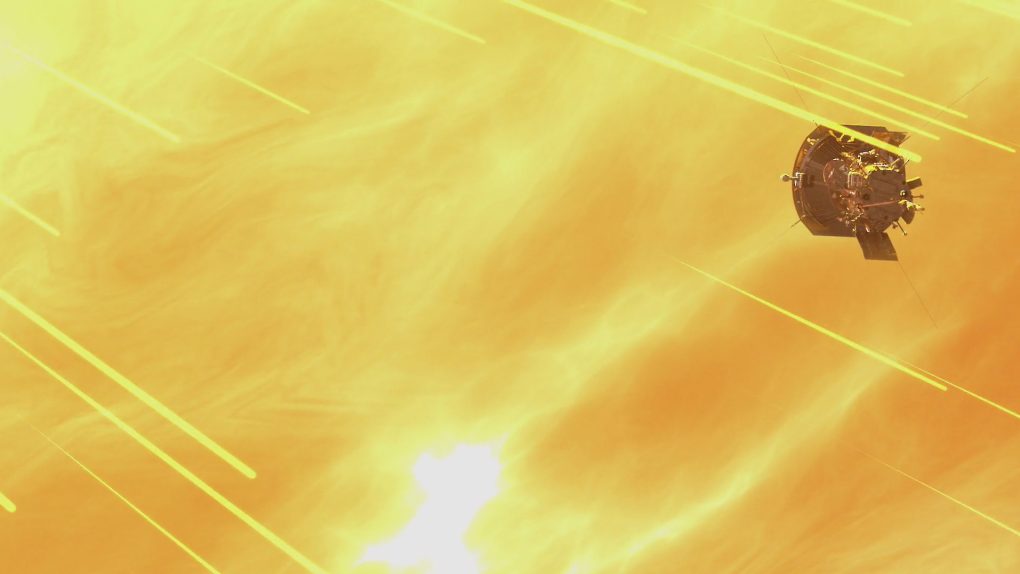It was just over a week ago now that NASA successfully launched the Parker Solar Probe, and did so as the scientist it is named after looked on in awe. The mission will really begin to heat up (pun maybe intended) one the probe actually reaches the Sun’s outer atmosphere, but it still has quite a bit of work to do before it gets there.
Now, in the wake of the successful launch, the probe’s handlers down on Earth are slowly beginning to get the spacecraft prepared for the first big milestone. In order to make it to the Sun as planned, the probe is going to need some help from Venus, and that’s a bit more complicated than it might initially sound.
Thus far, the probe has successfully powered up some of its most vital scientific instruments and begun to loosen its grasp on some of its antennas which were secured for the launch. The spacecraft is beginning to spread its wings, so to speak, and stretched its long boom arm off of its rear section.
“Parker Solar Probe is operating as designed, and we are progressing through our commissioning activities,” Andy Driesman of the Applied Physics Lab explains. “The team — which is monitoring the spacecraft 24 hours a day, seven days a week — is observing nominal data from the systems as we bring them on-line and prepare Parker Solar Probe for its upcoming initial Venus gravity assist.”
Its date with Venus will take place on November 5th. On that date, the probe will use the gravity of Venus to actually slow itself down a bit and achieve the desired angle of approach to the Sun. This should be a fairly straightforward maneuver for the spacecraft, but nobody has ever tried to shoot a probe at the Sun before, so NASA is doing its best to be cautious as well as optimistic as the mission progresses.
The probe will spend the majority of the next decade making similar maneuvers as it repeatedly slingshots itself through the Sun’s atmosphere. It will get closer and closer each time, yielding scientific data that has never been within the reach of scientist before. We can’t wait to see what it finds.








